Our sport has just completed a Competition Review aimed at promoting optimal athlete progression and participation by fostering the right competition structure at the ideal time in an athlete’s development as described in Football Canada’s Long-Term Athlete Development plan [a copy of the LTAD is available here].
After review and research phases, a series of strategies were created to help bridge gaps in the development and competition structure of the sport in Canada. The strategies were presented for public review following the 2015 fall football season.
Based on feedback received during consultations with the public and football community, we are pleased to share the final competition review document with you (available below). The results of the competition review can also be found below.
Have any ideas to assist with implementation?
- Please write to us by email at LTAD_DLTA@footballcanada.com
- Or contact your provincial association (listed here)
LTAD resources
Learn more about the competition review process by clicking here.
Click here to view Football Canada’s LTAD plan.
Competition Review: Results and Strategies
Strategy 1-A. Age categories and two-year age gap
Recommendation:
- Standardized two-year age categories and designations [2018-2021].
- Timeline: 2018-2021
Mandate: Above Recommendation becomes a mandated in 2022.
Strategy 2-A. Ban of two tackle seasons concurrently (at the same time)
Mandate:
- A ban on playing two (tackle) seasons concurrently (at the same time) [2017].
- Timeline: 2017
- Tournaments and jamborees from the national and provincial high performance programs
- Supplementing participation through non-contact
Strategy 2-B. Schedule regulations (insufficient recovery time between games)
Mandate:
- When developing a schedule, a team’s games may only be played a minimum of four calendar days apart. [2017]
- Make-up or rescheduled games (due to weather or unforeseen circumstances) may be scheduled with a minimum of two full calendar days in between. For example, if a team already plays on Monday, a make-up game could take place as early as Thursday. [2017]
- Timeline: 2017
Recommendation:
- When developing a schedule, a team’s games should be played with six or more full calendar days between competitions [2017].
- Timeline: 2017
2-C. Out-of-season tackle football games
Recommendation:
- Only five out-of-season tackle football games can be participated in each year and they must be approved by the provincial governing bodies [2019-2021].
- Timeline: 2019-2021.
Mandate: Above recommendation becomes mandated in 2022.
2-D: Tackle football weeks in a year
Mandate:
- Specify the number of weeks of tackle football allowed each year at each age category [2022] (see table below).
- Timeline: 2022.
Strategy 2-E: Gradual progression to 12-a-side football
Recommendation:
- Gradual progression to 12-a-side tackle football [2017-2021].
- Timeline: 2017-2021
Mandate: Above recommendation becomes mandated in 2022.
Strategy 2-F: Roster size
Mandate:
- Each team must have a minimum number of players on their roster to start a season and to play a game [2022].
- Timeline: 2022.
Recommendation:
- Each team must have a maximum number of players on their roster, after which they have to start thinking of other options [2017].
- Timeline: 2017.
Strategy 3-A. Coach resources
Mandate:
- Football Canada to develop coach training plans for each age group up to U14 [2022]
- Educate coaches on rule modifications [2022].
- Timeline: 2022.
Recommendation:
- Coaches submit yearly training plans, to their respective league, at the U16 and U18 levels [2017]
- Timeline: 2017.
Strategy 4-A. Safe Contact week
Mandate
- Introduce a mandatory Safe Contact week at the beginning of each training camp [2017].
- Timeline: 2017
Exception:
- In rare cases where weather/scheduling/field availability cannot accommodate a Safe Contact week, teams must incorporate three hours of Safe Contact training (helmets only) within the first 14 days of their season. This training makes up for what would have taken place during Safe Contact week.
Strategy 4-B. Practice calendar
Mandate
- Implement a practice calendar for each level [2022].
- Timeline: 2022
Strategy 5-A. Non-contact programming
Recommendation:
- Work with partners including the CFL, CJFL, and CIS to expand non-contact programming [2017].
- Timeline: 2017
5-B. Football Canada non-contact league
Recommendation:
- Create and establish a national, non-contact league run by Football Canada, including the PSO’s as conferences [2019].
- Timeline: 2019
Strategy 6-A. Opportunity for all to play
Mandate:
- Cannot prevent a player from an opportunity to play based on his/her skill level at the U14 level or below [2022].
- Timeline: 2022.
Recommendation:
- Cannot prevent a player from an opportunity to play based on his/her skill level at the U16 level [2020].
- Timeline: 2020.
Strategy 7-A: Female football development
Recommendation:
- Committee of female representatives to further investigate the lack of female programming, keeping boys and girls leagues separate (where numbers allow), and having a female only option in the Player Development Program. [2017].
- Timeline: 2017
Strategy 8-A: Regional and provincial championships
Recommendation:
- Create both regional (U16 & U18) and provincial (U14 & U16) championships [2019-2020] (See Appendix C).
- Timeline: 2019-2020.
This post is also available in: French


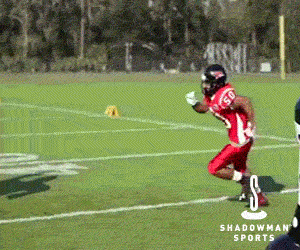
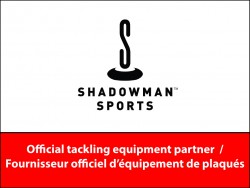





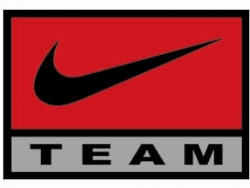








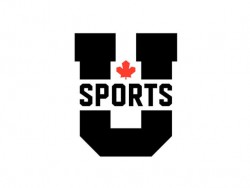
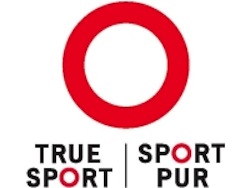

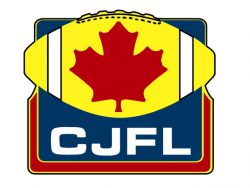










 Check your NCCP Certification
Check your NCCP Certification